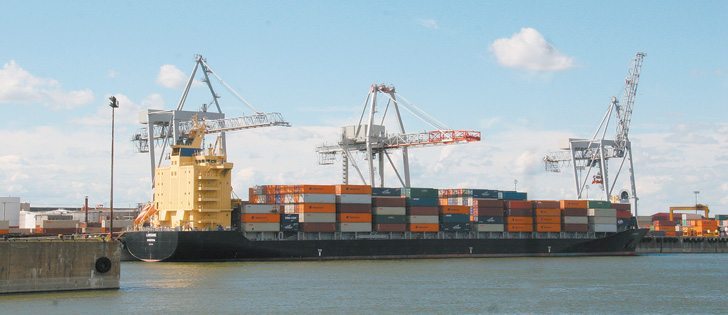By all indications, the blockbuster deal to sell Viterra to Glencore International will proceed. Viterra shareholders will approve the sale May 29, happy to get the bump in share values produced by the takeover.
With some of the assets flowing to Richardson and Agrium, both Canadian companies, any concern from regulators will be muted.
Some argue that with Glencore and Richardson about equal in size in Canada, there will now be more competition for grain. The concentration of fertilizer sales with Agrium would seem to be the only part of the deal where regulators might require adjustments.
Read Also

Proactive approach best bet with looming catastrophes
The Pan-Canadian Action Plan on African swine fever has been developed to avoid the worst case scenario — a total loss ofmarket access.
At this point, it’s not entirely clear how some of the assets will be divided. Viterra employees are waiting along with everyone else to see how it plays out. There’s been a lot of analysis on what the deal will mean for farmers. For farmers who are also original shareholders, it’s clearly been a rotten investment.
Rob Rongve of RBC Dominion Securities in North Battleford, Sask., has many clients who held onto their Saskatchewan Wheat Pool shares and who will now receive a fraction of the original value.
Farmer equity in the pool was converted to shares when the co-op went public in 1996. Producers, many of whom had tens of thousands of dollars in equity, received $10 shares in exchange. Anyone buying shares in the original offering had to pay $12.
Some producers cashed out immediately. Others held and watched with glee as share prices rose to a high of $24.40 in 1998. Some cashed out at those high values and were later smiling as the financial fortunes of the company rapidly declined.
SWP was into everything imaginable. In addition to an aggressive concrete elevator building campaign, it had terminals in Poland and Mexico, a hog production division and even a stake in Robin’s Donuts.
When the empire came crashing down, it looked for a time like the whole operation was going under. Mayo Schmidt spearheaded a restructuring that saved the company from financial ruin. As Rongve points out, the restructuring came at a big cost to shareholders. There was a 20:1 share consolidation in April 2005.
Not long after the near death experience, Schmidt engineered the surprising takeover of Agricore United to form Viterra. The history books will herald his financial genius and shrewd deal making.
When the Glencore deal is approved, exit package has a reported value of more than $30 million. Other top executives will also walk away with multiple millions.
How about farmers who tucked away their $10 shares hoping for a retirement nest egg? Rongve says there were a few years of dividend payments in the range of 40 cents a share, but that was in the early years before SWP hit financial trouble.
Some may look at the $16.25 a share buyout value and think they’re money ahead. Going from $10 to $16.25 over the course of 16 years isn’t a marvelous return, but at least it’s a gain.
Of course, that isn’t the real comparison. With the 20:1 consolidation, the $16.25 a share actually equates to a value of 81.25 cents. Equity of $10,000 in 1996 will be cashed out at $812.
You can’t blame Schmidt for taking SWP public. That was done long before he came on the scene. Without Mayo’s efforts, shareholders may have walked away with nothing. Now they’ll get slightly more than that.
Schmidt, on the other hand, will do quite well.
















